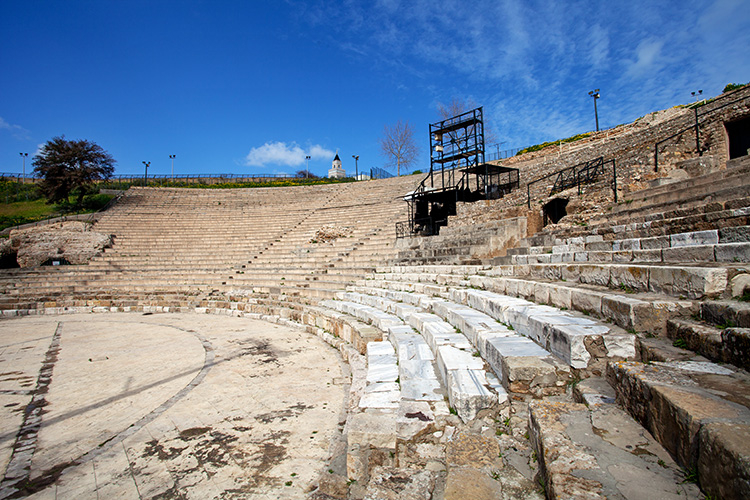Roman Amphitheatre of Carthage
The remains of the Roman Amphitheatre of Carthage, a significant Roman stadium, can be discovered close to Tunis, Tunisia, in contemporary times. Carthage's amphitheatre is thought to have been constructed around the end of the first century AD and could accommodate up to 35,000 spectators.
The amphitheatre in Carthage, which was established in the first century BC, was restored by the tyrant Julius Caesar when the city was made the center of the Roman province of Africa Proconsularis. The amphitheatre, according to an Andalusian historian named Al-Bakri who lived in the 11th century, is made up of circular arches supported by columns and decorated with "images of animals [...] figures that symbolize the winds: the East seems cheerful, and the West has a frowning countenance."
There isn't much of the amphitheatre left today, despite some evidence that it was still standing in the early middle ages. Despite winning the admiration of travelers, the materials for the amphitheatre were routinely stolen for use in other construction projects.
The Roman Amphitheatre of Carthage has mostly been destroyed by ruins, unlike other Roman amphitheaters in North Africa like El Jem. Thought to be able to accommodate at least twice as many spectators, a Roman circus close by has been all but lost to history and offers next to nothing in the way of sights.
Location: Tunis, Tunisia











